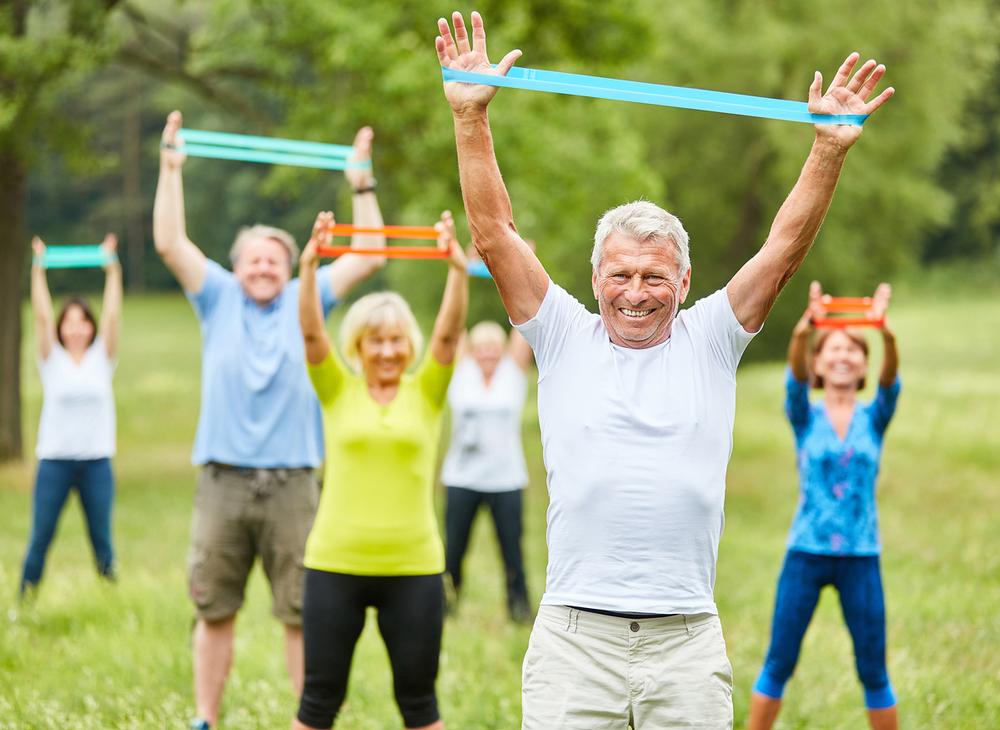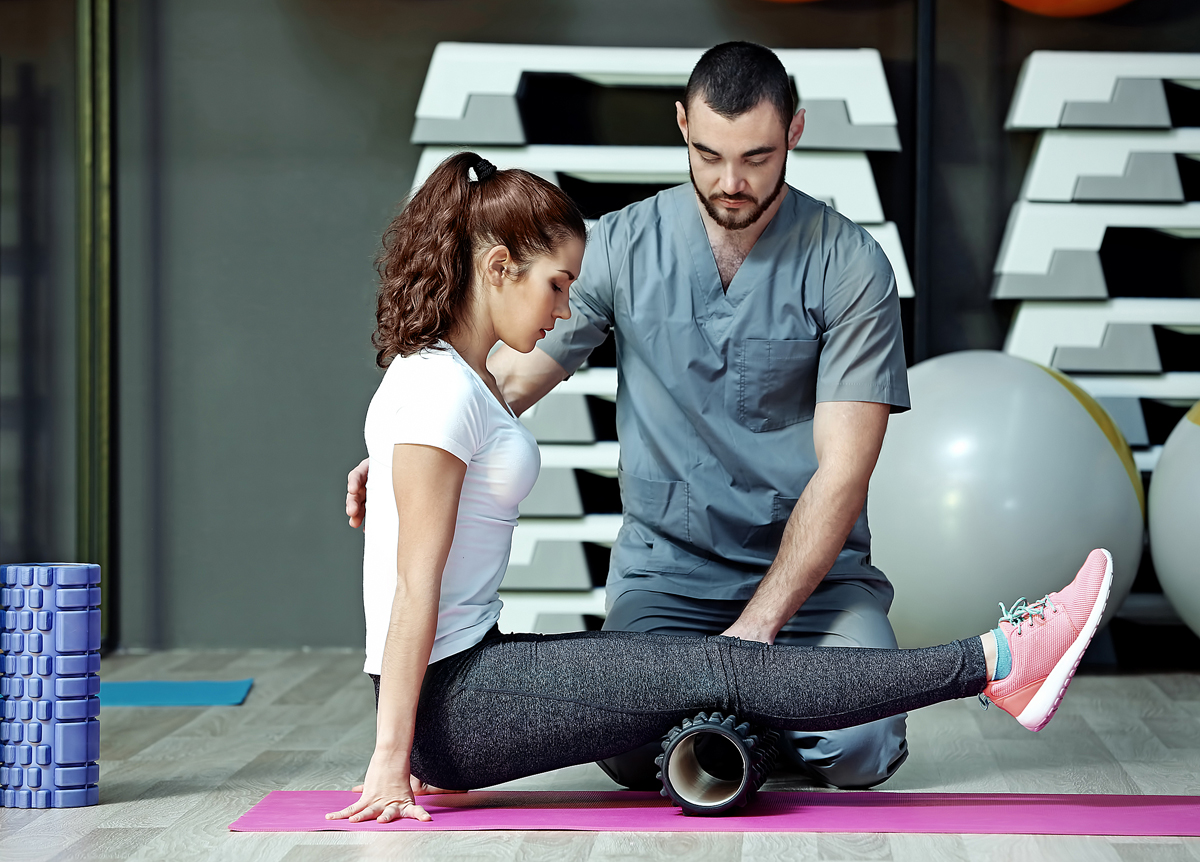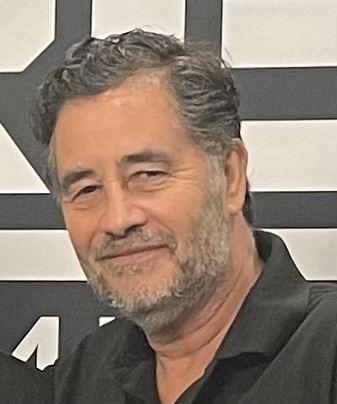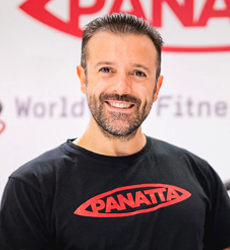
photo: Brand oxley
The physical activity sector has found it challenging to truly connect with health agencies. Aside from some pockets of great practice, physical activity as a mainstay of a nationally-driven preventative health agenda has not gained traction.
Sir Michael Marmot’s review at the end of 2020 confirmed that health inequality across the UK has worsened over the last ten years. Despite a greater number of facilities, enhanced quality and access to more affordable options, our sector has played its part in contributing to deepening health inequality.
Only 15 per cent of the population are members of gyms and leisure centres, and across all communities, participation is over-represented by the most affluent, while being under-represented among the most deprived. We’re perfectly formed to serve the people we get: we have outstanding marketing, programming and pricing strategies which appeal to just 20 per cent of the population at any one time.
So, what’s the opportunity? There should be a subtle shift in our language. We need to talk about health rather than fitness, and communities rather than markets. We need to see ourselves as part of a wider system that may include health, education and social care.
Most importantly, we need to understand the implications of the new Health White Paper – this insists on collaboration between local authorities and health agencies and has preventative health as a foundation principle.
We must also navigate our way around the emerging Integrated Care Services (ICS). Part of the new ICSs are Primary Care Networks, so we need to find out about those in our areas too.
Everything starts with a conversation, and it’s through developing those relationships that our sector will become part of this emerging collaborative approach to population health. This will take local – not national – initiative and will require us to show humility, as we build rapport with new partners. I urge us not to barge in with an ‘oven-ready solution’, but to enquire and explore opportunities to become an established part of a health care system.
There are fine examples across the UK of facilities playing a part within social prescribing, delivering cardiac rehab, cancer prehab and weight management interventions, and there are examples of long-COVID recovery programmes. These can become a more permanent and significant part of our proposition.
It requires us only to have a desire to think more broadly, to get a grasp of a new language and to expose ourselves to building new relationships in unfamiliar environments. This will not necessarily be easy, but the worthwhile things in life – those that make positive and lasting improvements to society – often aren’t.
We need to talk about health rather than fitness and communities rather than markets





























































